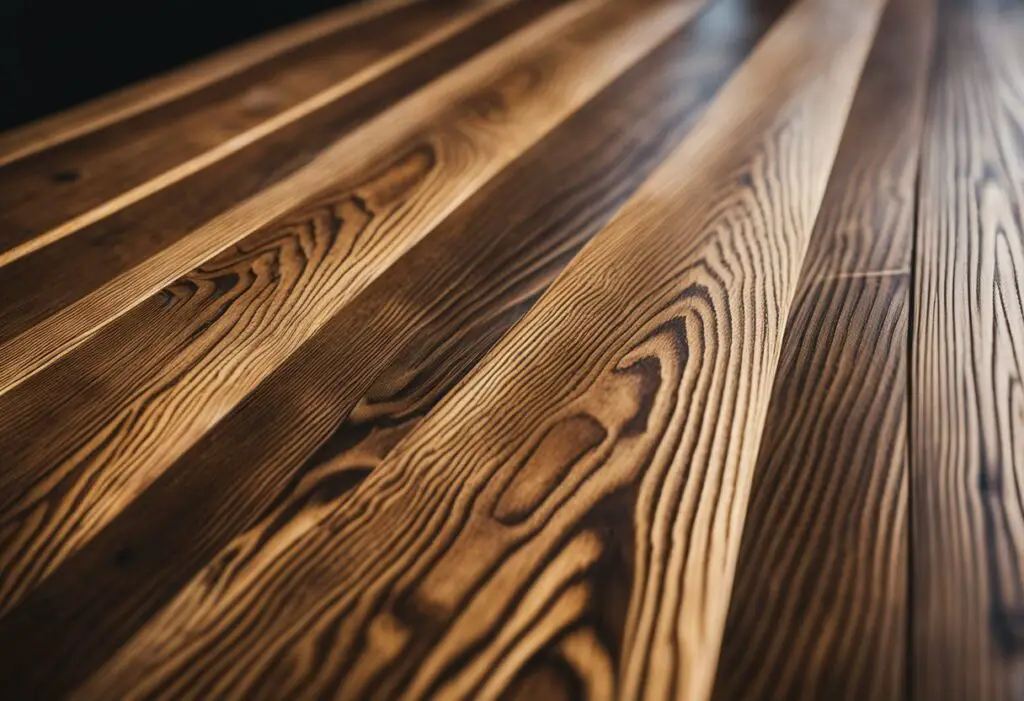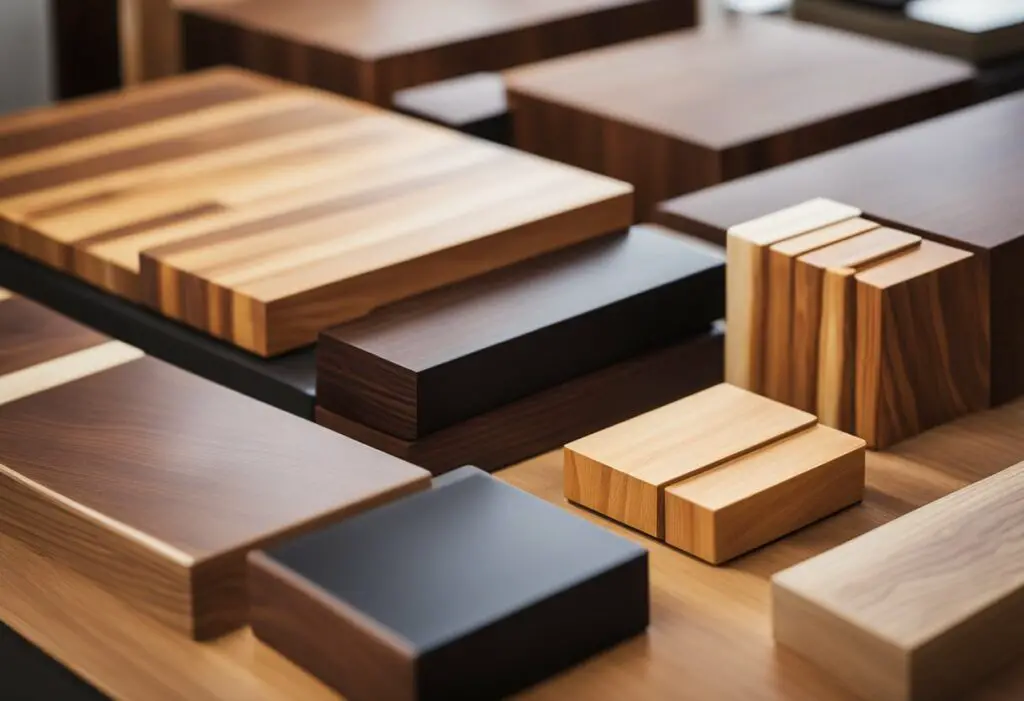Choosing the right wood finish for your project is crucial to ensure the longevity and durability of your creation. A wood finish is a protective coating that not only enhances the natural beauty of the wood but also prevents damage from environmental factors.
If left unprotected, wood can dry out, crack, swell, or even rot, which can significantly reduce the lifespan of your project. Therefore, it is essential to choose the right wood finish to protect your project and keep it looking beautiful for years to come.

There are many different types of wood finishes available on the market, each with its own advantages and disadvantages. Some finishes are better suited for outdoor use, while others are more suitable for indoor projects.
The type of wood finish you choose can also impact the aesthetics of your project, such as the color and texture of the wood. Therefore, it is essential to consider your project’s intended use and the desired look and feel when choosing the right wood finish. With the right wood finish, you can protect your project from damage, enhance its natural beauty, and ensure its longevity.
Understanding Wood Finishes
Wood finishes are essential for protecting your wood projects from damage caused by environmental factors such as rain, high humidity, heat, and wear. Choosing the right wood finish can also enhance the aesthetics of your project, bringing out the natural color, appearance, and grain pattern of the wood.
Types of Wood Finishes
There are several types of wood finishes available, including oil, shellac, stain, wax, varnish, lacquer, polyurethane, water-based finish, penetrating finishes, film, sealers, dyes, and painted finishes. Each type of finish has unique properties that affect the durability, appearance, and protection it provides.
Selecting the Right Finish for Your Wood Type
Different wood types, such as fir, oak, maple, pine, cedar, mahogany, walnut, cherry, and teak, require different finishes to achieve the desired results. For example, softer woods such as pine and cedar may require a penetrating finish to prevent cracking, while hardwoods such as oak and mahogany may require a film finish for added protection.
Factors Affecting Finish Choice
When selecting a wood finish, several factors must be considered, including the budget, cost, durability, wear, protection, aesthetics, color, and appearance. The choice of finish should also be influenced by the project’s intended use, such as indoor or outdoor use, and the level of exposure to environmental factors.
In conclusion, choosing the right wood finish is crucial for protecting and enhancing the aesthetics of your wood projects. By understanding the different types of finishes available, selecting the right finish for your wood type, and considering the various factors affecting finish choice, you can achieve the desired results and ensure the longevity of your project.
Application Techniques and Tips
Preparation of the Wood Surface
Before applying any finish to your wood project, it is important to prepare the surface properly. Sanding the wood surface is crucial to achieving a smooth and even finish. Start with a coarse grit sandpaper and work your way up to a finer grit for a smoother finish. You can also use a wood grain filler to fill in any pores or gaps in the wood grain before applying the finish.
Methods of Finish Application
There are several methods of applying a wood finish, each with its own advantages and disadvantages. Brushing is a common method that allows for precise application and control over the amount of finish applied. Spray finishing with an HVLP sprayer is another popular method that produces a fine, even mist of finish. Wiping varnish, also known as wipe-on, is a method that involves applying the finish with a cloth or sponge, making it easy to achieve an even coat.
Achieving Desired Appearance and Durability
The application method you choose will affect the appearance and durability of the finish. For example, brushing tends to produce a thicker film that provides a higher level of protection, while wiping varnish produces a thinner film that may not be as durable.
The sheen of the finish can also be adjusted by using different application methods or by adding a flattening agent. It is important to consider the level of protection you need for your project and choose a finish that provides the appropriate level of protection and durability.
Special Considerations for Different Projects

When it comes to choosing the right wood finish for your project, it’s essential to consider the specific needs of your project. Here are some special considerations to keep in mind:
Indoor vs. Outdoor Projects
If you’re working on an outdoor project, you’ll need to choose a finish that can stand up to the elements. Look for finishes that are specifically designed for outdoor use, such as polyurethane or varnish. These finishes provide a durable layer of protection that can help to prevent your wood from rotting, cracking, or swelling due to exposure to moisture.
For indoor projects, you have more options. You can choose finishes that are purely decorative, such as stains or dyes, or finishes that offer more protection, such as clear coats or varnishes. Keep in mind that some finishes may emit harmful fumes, so be sure to work in a well-ventilated area.
Food-Safe Finishes for Kitchenware
If you’re creating cutting boards, bowls, or other kitchenware, it’s essential to choose a finish that won’t be harmful if ingested. Mineral oil, walnut oil, and cedar oil are all food-safe finishes that can be used to protect your kitchenware. These finishes are easy to apply and can help to prevent your wood from drying out or cracking over time.
Maintaining and Repairing Finished Wood
No matter what type of finish you choose, it’s important to maintain and repair your finished wood to keep it looking its best. If your wood becomes scratched or damaged, you can use edge repair products to fix the problem. If your finish becomes dull over time, you can use a wax or polish to restore its shine.
Overall, choosing the right wood finish for your project is essential to ensure that your wood remains beautiful and protected for years to come. By considering the specific needs of your project and choosing a finish that meets those needs, you can create a finished product that you can be proud of.

